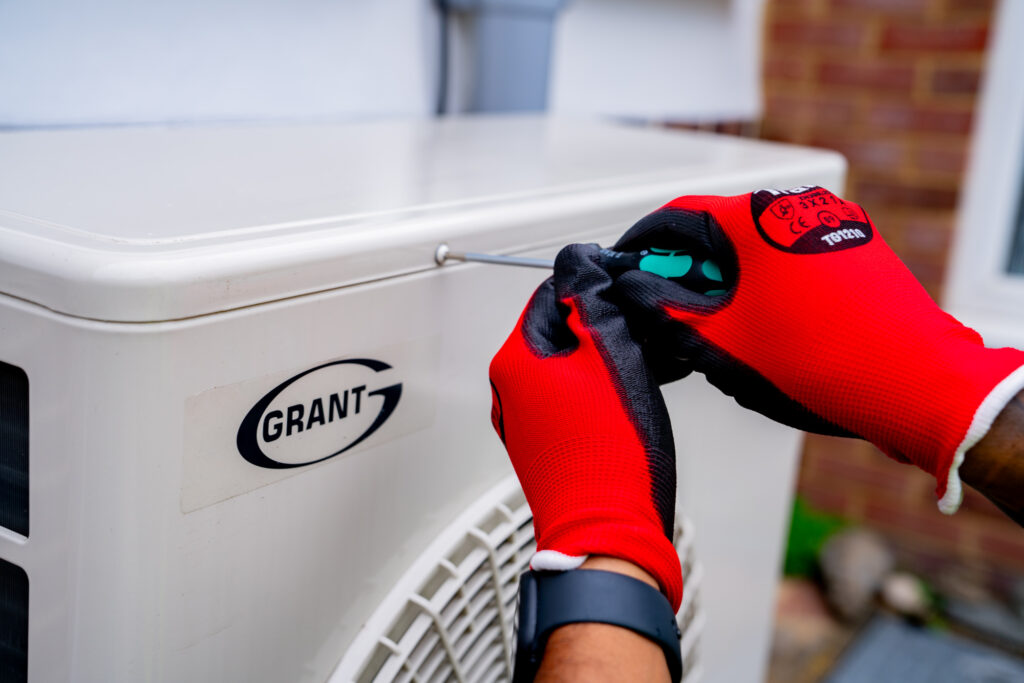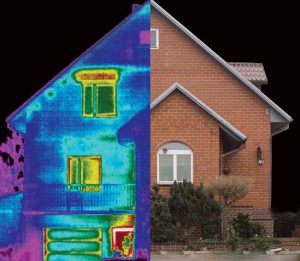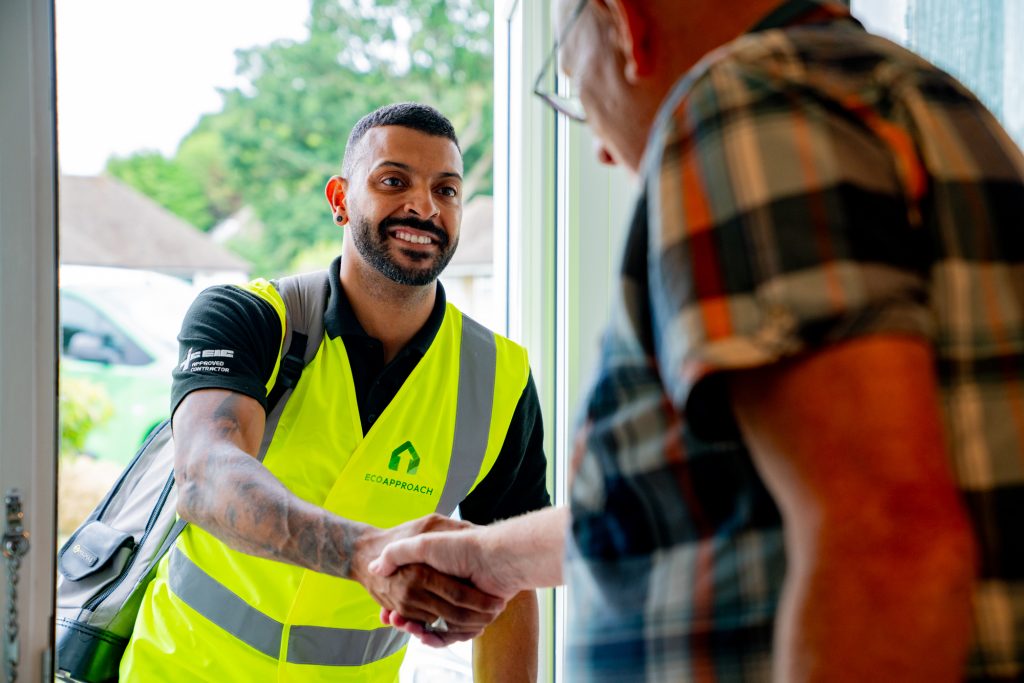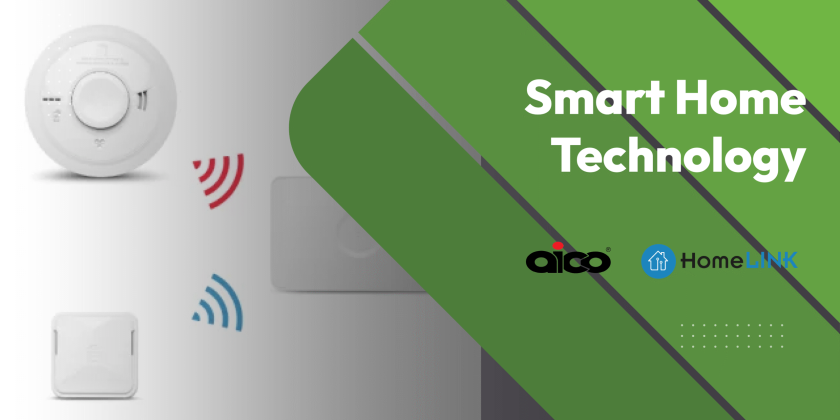Introduction
In this guide, we’re diving into the many myths around Air Source Heat Pumps (ASHP). Whether you’re thinking of buying one, or want to learn more, we’ll debunk the top 10 myths. We aim to leave you better informed so you can make the right choice when the time comes.
What is a Heat Pump?
Put simply, a heat pump takes the air from outside, heats it, and then transfers it into your home.
There are four stages:
- Absorbing Heat: The heat pump takes in outdoor air, using a liquid refrigerant that absorbs heat from the air at low temperatures.
- Compressing: The pump then compresses the refrigerant, which increases its temperature.
- Transferring Heat: The now hot refrigerant is transferred to water which is then transferred radiators to heat the property.
- Repeating the Process: After releasing its heat, the refrigerant cools down, returns to a liquid state, and is pumped back outside to absorb more heat. This cycle continues to keep the home warm.
Effectively, heat pumps work like refrigerators in reverse, extracting heat from the air outside and bringing it inside to heat your home.
There are two types of heat pumps, air-to-water heat pumps and air-to-air heat pumps. Both are compatible with various heating systems but work differently.
The Myths:
So what exactly are the myths around heat pumps? We tackle the top 10 myths below.

Myth 1 – They are Ineffective in Cold Climates
Heat pump technology has been around for over 150 years. Today’s heat pumps contain improved refrigerants, advanced compressors and better coil designs. They also come with insulated heating cabinets allowing them to work at temperatures of between-10C and -20C.
Norway, which has an average winter temperature of -6C has the “most heat pumps per capita in Europe,” according to the European Heat Pump Association (EHPA). Two-thirds of Norwegian households, in a country of 5 million, have a heat pump.
The Norwegian Postal Service maintains a sorting office in Tromso which is just 217 miles north of the Arctic Circle. Heat pumps there work when it’s -20 or -25 outside.
In the United Kingdom, the daily average temperature is around 10C. In winter it’s 6C rising and in summer 16c
Norway’s experience demonstrates the fact that heat pumps work in low temperatures making them well-suited to the UK climate.
Myth 2 – They are Noisy
An air source heat pump generates between 40-60 decibels. This means it makes less sound than your vacuum cleaner. The chart below shows the decibel ratings of various household appliances – as rated by noiseawareness.org.
| Appliance | Average Decibel Reading |
| Vacuum Cleaner | 60-85 |
| Fridge | 50 |
| Dishwasher | 55-70 |
| Washing Machine | 50-75 |
| Air Conditioning Unit | 50-75 |
Many heat pumps also have the Quiet Mark Stamp of Approval after having been rigorously tested and identified as operating with the lowest level of noise. Quiet Mark identifies the quietest products in various categories and provides information to consumers.
There are also measures you can take to reduce the noise further. Some manufacturers produce sound diffusers which can reduce the noise by 4dBA. Insulating hoods can also keep the noise down from the compressor and the fan. Anti-vibration feet or placing the unit on a flat-trowelled concrete base also help.
Maintaining your heat pump in optimal condition and having it professionally checked annually, as you would with a boiler, is also recommended.

Myth 3 – They are Unsuitable for Older Properties
In 2019 the Department of Business, Energy and Industrial Strategy (BEIS) funded a project by the Electrification of Heat (EoH) to demonstrate that heat pumps can be installed in a wide variety of homes.
The project ran from July 2020 until September 2021. During this time the EoH installed 742 heat pumps across the UK.
Properties chosen for the project included Victorian mid-terraces, pre-WWII terraces and a 1960s block of flats.
It successfully installed heat pumps at each type of property. The study concluded the project data did not support the view that heat pumps were unsuitable in particular homes.
This counters the myth that older homes are unsuitable. Your home will need to meet certain criteria such as; having enough space and being properly insulated.
If you have the space, retrofitting a heat pump into an older property is possible. Although you may have to make some changes to your current heating system.
For example, you may need radiators with a higher output, hot water storage compatible with a heat pump and room-by-room controls.
The ideal retrofit would be in a home currently using electric heating because the savings are greater. But in any home, you will have the advantage of green energy and savings on your energy bills.

Myth 4 – They are Expensive to Install and Maintain
According to the Energy Savings Trust, heat pumps cost between £7,000 and £13,000 to buy. When you add the cost of installation, this can bring the total to between £10,000 and £17,000 on average.
However, there are grants available in England to offset these costs. You can apply for the government’s Boiler Upgrade Scheme (BUS).
This grant helps you to replace your current heating with a low-carbon system, which includes heat pumps.
Under the BUS scheme, you can claim a voucher worth £7,500 to redeem off the total installation cost. So the cost could be reduced to between £2,500 and £9,500 for the average-sized home.
To be eligible you must:
- Own the property you’re applying for (including if it’s a business, a second home, or a property you rent out to tenants)
- Have installed (or plan to install) your new heating system on or after 1 April 2022
- Be replacing fossil fuel heating systems (such as oil, gas or electric)

Your property must also have a valid Energy Performance Certificate without any recommendations for loft or cavity wall insulation.
The actual cost will depend on the heat pump size needed in your home or business. This is calculated by working out your household demand for heating and water over a year.
Your heat pump technician can work this out for you.
In Scotland there is Home Energy Scotland. If you live in a rural home, you can receive up to £9,000 towards an ASHP. You can also get financing to cover the outstanding amount.
Nest Wales is the Welsh government’s energy efficiency scheme.
As far as maintenance is concerned, heat pumps only need a yearly check-up.
During a service, a technician checks the electronics, compressor, water pump, pipes and coolant fluid and ensures radiators are working properly.
The checks are made by:
- Cleaning the coils and fans if needed
- Clean or replace filters
- Clean out any debris or leaves to ensure efficient airflow
- Clean fan blades
Most heat pumps come with a 5-to-10-year warranty on parts and labour. A well-maintained unit can last over 20 years.
Myth 5 – They are Environmentally Harmful
Installing a heat pump means you are using a low-carbon air source. It can reduce a household’s carbon footprint by as much as 65% compared to heating your home with gas.
A gas boiler produces 90% of the energy it uses into heat. An ASHP on the other hand, produces around 3.5 times more heat than the energy they use.
Heat pumps are extremely efficient, so they take less energy to run which means you save energy and money too.
Although heat pumps run off electricity, their carbon footprint reduces as more electricity is generated from renewable sources.
National Grid’s electricity breakdown during February 2024 shows energy generated by wind totals 34.8%, whilst gas 26.6%
Finally, gas boilers emit nitrogen oxide together with nitrogen monoxide which can cause health problems. Air source heat pumps don’t emit nitrogen oxide making it a healthier choice for your heating system.
They replaced gas and fossil fuels with renewable energy sources including high-temperature heat pumps.
Owners, Gareth, and Michelle McAllister said the heat pumps have an input temperature of around 60C and an output temperature of 120C saving around 1690 tonnes of CO2 per year.

Myth 6 – They are Big and Unsightly
Some heat pumps are large, but not enormous. A large unit is around the size of a washing machine. They are between 1-1.5m in height and 0.5-1m wide.
A small heat pump is around the size of an air conditioning unit. If you have a 3-bedroomed property with 100m2 of space, then it’s likely you’ll only need a small, 5kW air source heat pump. A 5kW heat pump typically measures around 88cm x 79cm x 31cm.
A home of 200m2 will need a 12kW unit. These units typically measure 94cm x142cm x 33cm.
Units are normally placed next to a wall. If you have a large garden, you may be able to place it away from the house. Normally they are placed under a window at the rear of the property or hung on an outside wall.
In Scotland and England, the heat pump must be located at least one metre from your neighbour’s property and in Wales, three metres.
Your installer will let you know the size you need and the best place for it.

Myth 7 – Air Source Heat Pumps Brands Are Much The Same
This is not true. There are differences between brands. You need to look at the warranty, sound emissions, and maximum heat temperatures to compare brands.
The chart below compares the features of four top heat pump brands:
| Vaillant | Daikin | Mitsubishi | Samsung | |
| Efficiency | A++ | A++ | A++ | A++ |
| Max heating temp |
63 |
65 |
60 |
65 |
| Sound db(A) |
32-60 |
35-60 |
45-56 |
45-60 |
| Warranty | Up to 7 years | 2 years | Up to 7 years | Up to 5 years |
| Min operating temp |
-20 |
-27 |
-13 |
-25 |
| Price | £3,000 – £15,000 | £5,500 – £15,500 | £2,700 – £5,850 | £3,385 – £7,380 |
source: vaillant | mitsubishi | daikin | samsung
Myth 8 – They Need Planning Permission to Install
You shouldn’t need planning permission to install an ASHP unless you live in a conservation area, or in a listed building where certain rules apply.
Heat pump installation is considered to be a ‘permitted development’ which means the work can be done without planning permission. Here is the advice from the Planning Portal.
The only consideration is that the heat pump should not be installed within one metre of your neighbour’s boundary.
Myth 9 – Uptake is Slow
The number of heat pumps installed in the UK is on the increase. Applications for the BUS are up 39% year on year according to The Department of Energy Security and Net Zero.
The Department of Energy Security and Net Zero also reported that up to the end of Jan 2024 the scheme has received 33,424 applications and issued more than £133 million in vouchers to customers.
OFGEM have confirmed that the budget for this year which runs from 1 April 2024 until 31 March 2025 is enough to fund 20,000 grants of £7,500.

Myth 10 – They are Difficult to Install
Air source heat pumps don’t require any groundwork. That makes the pumps quick and easy to install.
If your home is suitable for a heat pump your installer will work out your heating needs and advise you about the size of the pump.
The design and planning stage is critical to a successful installation. Poorly designed installations can end up costing you more in the long run.
Once you’ve chosen the heat pump an appointment will be made for the installation. An average installation will take between one to five days depending on the size of the property and the complexity of the installation.
Post installation there will be system checks and balancing to carry out.
If you want to find out more about installing an air source heat pump, we’ll be happy to answer your questions. You can give us a call on 0203 011 0128 or email us by filling in the contact form from our website.




